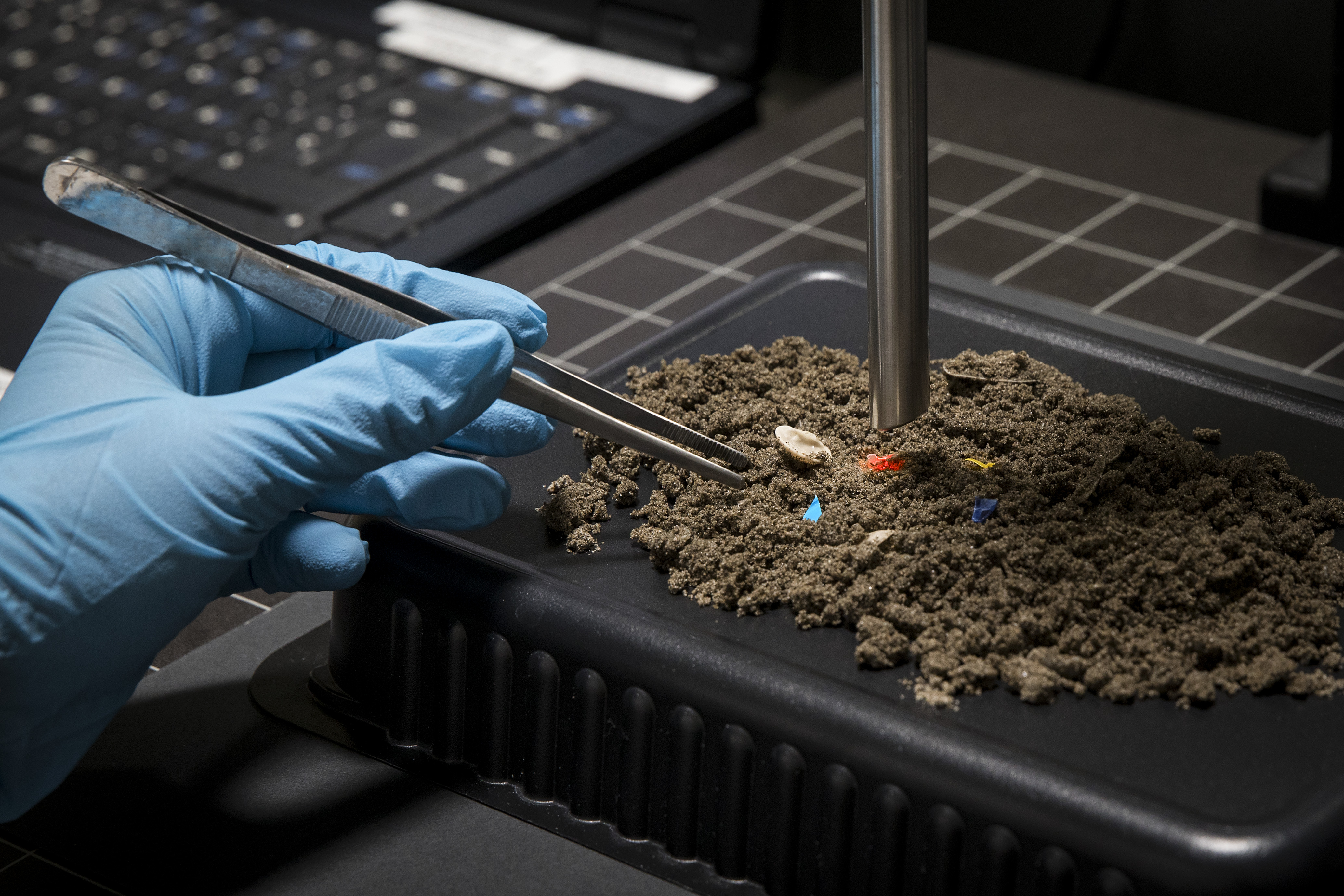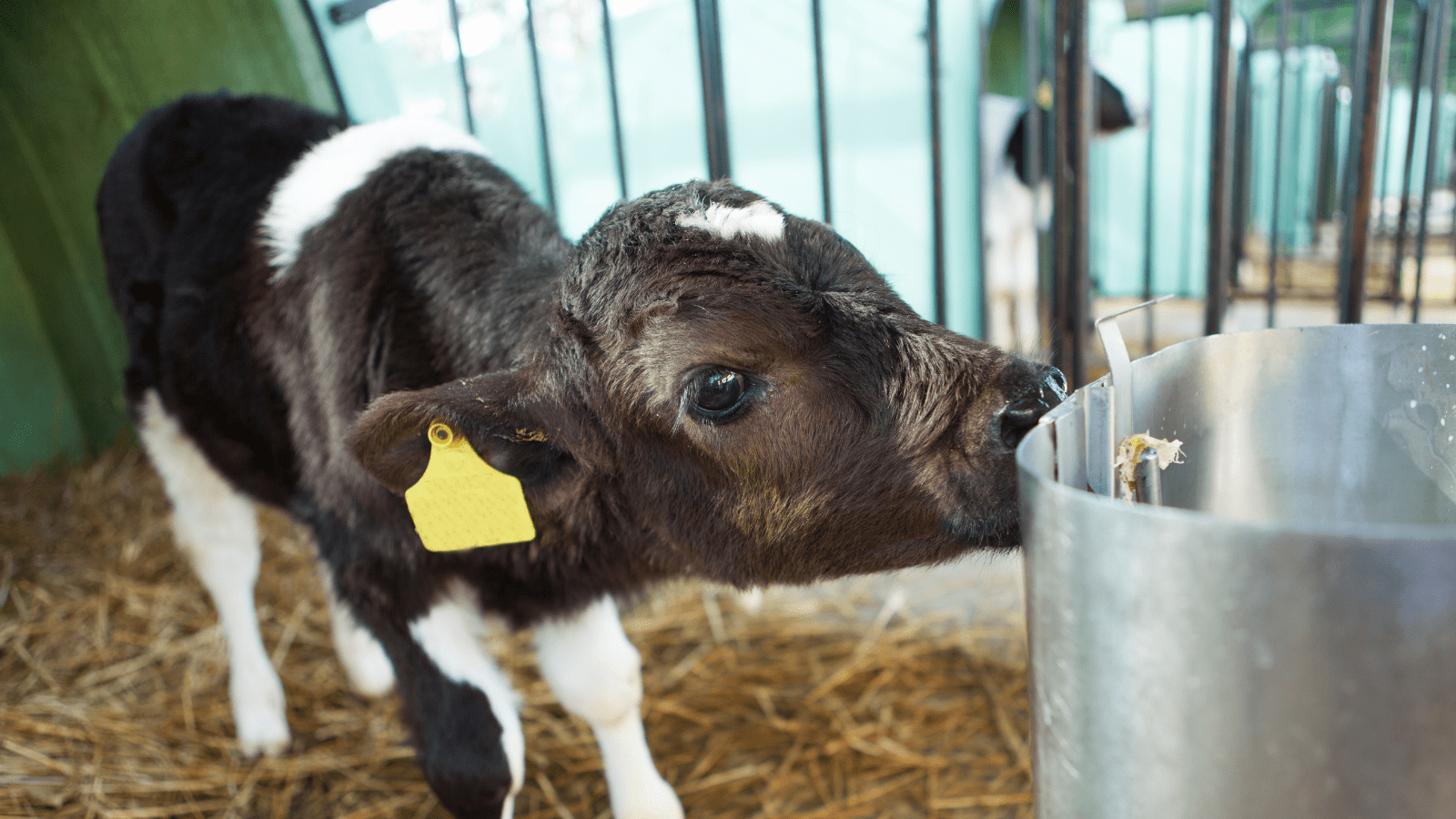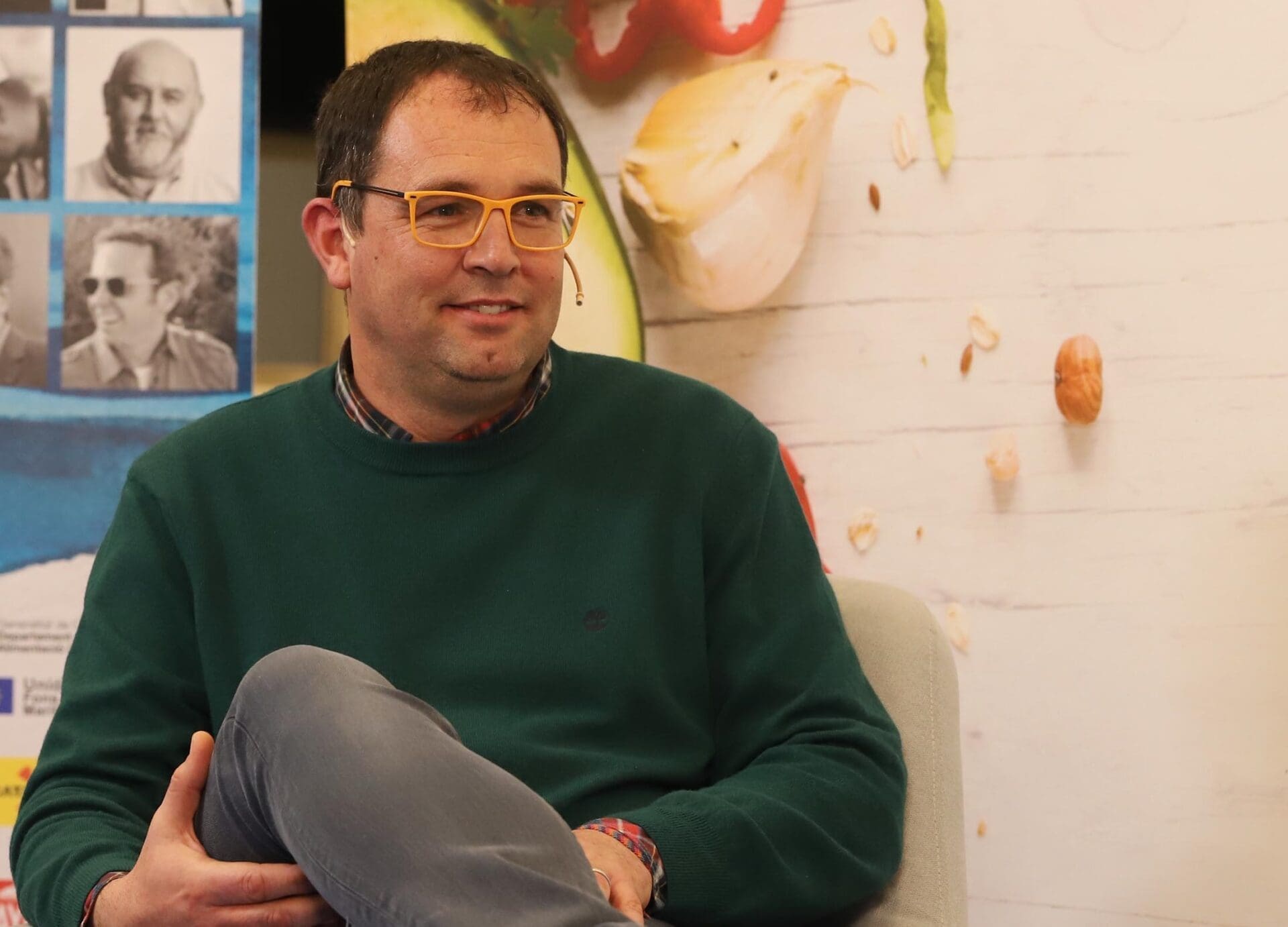
Plastic fragments under five millimetres in size, microplastics are everywhere: in the seas and oceans, the air, the ground, and freshwater systems. They are a threat to biodiversity and can be a health risk if they enter the food chain. They are not specifically regulated as pollutants in Europe at present; the main reasons for that include the absence of a standardized methodology for detecting them and the high cost and technical requirements of the analyses necessary to do so. Begonya Marcos, a researcher working on the Food Technology and Quality programme of the Institute of Agrifood Research and Technology (IRTA), has therefore come up with the idea of MP WATCHING, a project geared to developing a photonics-based methodology that will make it possible to detect and identify microplastics quickly and in a cost-effective way and which administration bodies, companies and laboratories will be able to use. The methodology, which is to be tested on water and sediment from the Ebro Delta, will allow scientists to gauge the scale of the problem and, thus, look for strategies to mitigate it at its source.
To enable the project to go ahead, a crowdfunding campaign entitled “Microplastics: help us identify them!” has been launched today.
The 18-month project will consist of three stages. In the first, the potential of photonics for detecting and identifying microplastics in the environment will be assessed. Secondly, a photonics-based methodology for detecting microplastics in water and sediment samples will be developed. Lastly, the types of microplastics detected in water and sediment samples from different wetlands in the Ebro Delta will be studied; it is in this third stage that it will be possible to validate the methodology developed. The desired outcome is a methodology that will, in the words of Marcos, “offer researchers tools for detecting microplastics quickly and inexpensively.” That, she says, “will provide key information for studying how microplastic pollution affects biodiversity and health, something we do not currently know enough about.”
Micropollutants of different origins
Microplastics come from different sources. Primary microplastics are intentionally added to products (e.g. cleaning, cosmetic and personal hygiene products) and are released into the environment after their use. Secondary microplastics are the result of the deterioration of plastic materials (e.g. tyres, packaging, and clothing made of synthetic fabrics) and have been dumped in the environment in an uncontrolled manner. A further risk associated with the presence of microplastics in the environment is that they can act as carriers of chemical and microbiological pollutants.
The MP WATCHING project arose from the 12th Ideas Generation programme, the focus of which was microplastics, organized by the Autonomous University of Barcelona (UAB) and the UAB Research Park to promote entrepreneurship among researchers. The idea, which originally centred on microplastics in food, was the brainchild of Begonya Marcos and Catalan Institute of Nanoscience and Nanotechnology (ICN2) researcher Òscar Moriones.


